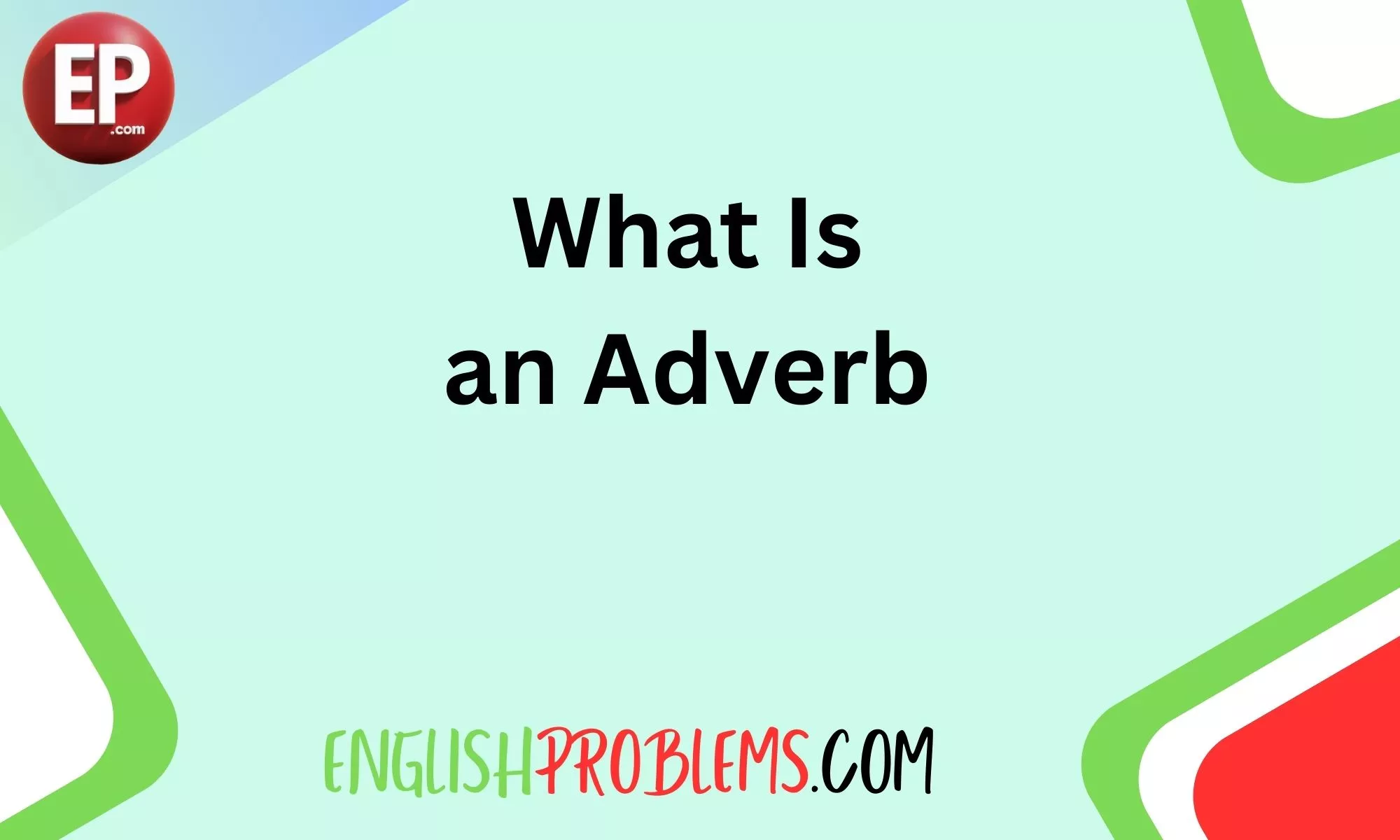Understanding the role of adverbs in English grammar is crucial for anyone looking to master the language.
Adverbs add detail and depth to sentences, enhancing the clarity and precision of communication.
This comprehensive guide delves into the intricacies of adverbs, providing a thorough understanding and practical insights for effective usage.
Understanding the Role of Adverbs
Adverbs are words that modify verbs, adjectives, or other adverbs, providing additional information about how, when, where, and to what extent an action occurs. They are essential in adding nuance and detail to language, allowing for more precise and vivid descriptions.
The Importance of Adverbs
Adverbs play a vital role in communication by:
- Clarifying actions: They specify how an action is performed.
- Indicating time and place: They tell us when and where something happens.
- Modifying adjectives and other adverbs: They intensify or alter the meaning of these words.
Types of Adverbs
Adverbs come in various forms, each serving a specific function in a sentence. The primary types include:
- Adverbs of Manner: Describe how an action occurs.
- Adverbs of Time: Indicate when an action takes place.
- Adverbs of Place: Show where an action happens.
- Adverbs of Frequency: Explain how often an action occurs.
- Adverbs of Degree: Express the intensity or extent of an action or adjective.
Differences Between Adverbs and Other Parts of Speech
Adverbs are often confused with adjectives and other parts of speech. Understanding the differences is essential for proper usage.
Adverbs vs. Adjectives
Adjectives modify nouns, while adverbs modify verbs, adjectives, or other adverbs. For example:
- Adjective: She is a quick runner.
- Adverb: She runs quickly.
Adverbs vs. Verbs
Verbs describe actions, states, or occurrences, while adverbs provide more detail about how those actions occur. For example:
- Verb: He speaks.
- Adverb: He speaks softly.
Identifying Adverbs in Sentences
Spotting adverbs can be tricky, but certain clues can help. Look for words that modify verbs, adjectives, or other adverbs and answer questions like:
- How?
- When?
- Where?
- To what extent?
Practice Sentences
- She sings beautifully.
- They will arrive soon.
- He lives nearby.
Common Types of Adverbs and Their Functions
Adverbs of Manner: How Actions Occur
Adverbs of manner describe how an action is performed. They usually end in -ly, though not always. Examples include:
- Gently
- Quickly
- Happily
Usage:
- She danced gracefully.
- He speaks fluently.
Adverbs of Time: When Actions Take Place
Adverbs of time indicate when an action occurs. Examples include:
- Now
- Later
- Yesterday
Usage:
- We will start now.
- They arrived yesterday.
Adverbs of Place: Where Actions Happen
Adverbs of place tell us where something happens. Examples include:
- Here
- There
- Everywhere
Usage:
- She looked everywhere.
- They live nearby.
Adverbs of Frequency: How Often Actions Occur
Adverbs of frequency explain how often an action takes place. Examples include:
- Always
- Never
- Often
Usage:
- He always arrives on time.
- She rarely eats out.
Adverbs of Degree: To What Extent Actions Occur
Adverbs of degree describe the intensity or extent of an action or adjective. Examples include:
- Very
- Quite
- Almost
Usage:
- She is very tired.
- He barely survived.
The Relationship Between Adverbs and Verbs
Adverbs primarily modify verbs by providing more information about the action. They can describe how, when, where, or to what extent an action occurs.
Examples
- How: She runs quickly.
- When: He left early.
- Where: They live here.
- To what extent: She almost finished.
How Adverbs Modify Adjectives and Other Adverbs
Adverbs can also modify adjectives and other adverbs, intensifying or altering their meaning.
Examples
- Adjective: The movie was incredibly boring.
- Adverb: She sings very beautifully.
Crafting Intensity with Adverb Modifiers
Adverbs can adjust the intensity of adjectives and other adverbs, adding depth and variation to writing.
Examples
- Mild: The weather is somewhat cold.
- Moderate: The weather is fairly cold.
- Intense: The weather is extremely cold.
Improving Your Writing: Using Adverbs Effectively
Adverbs can enhance writing, but overusing them can clutter sentences. Here are some best practices:
Best Practices
- Be selective: Use adverbs sparingly to avoid redundancy.
- Choose strong verbs: Opt for verbs that convey precise meanings without needing adverbs.
- Avoid common adverbs: Use more specific adverbs to add detail.
Common Mistakes to Avoid
- Overuse: Too many adverbs can make writing cumbersome.
- Redundancy: Avoid using adverbs that repeat information already conveyed by the verb.
- Vague adverbs: Be specific for clarity and impact.
Conclusion
Understanding and effectively using adverbs can significantly enhance your writing, adding clarity, detail, and nuance. By learning the different types of adverbs and their functions, and by practicing their usage, you can master this essential aspect of English grammar.
Additional Resources
- Grammar Exercises and Quizzes
- Recommended Reading on Adverbs
- Online Tools and Apps for Grammar Practice
By following these guidelines, you can improve your command of adverbs and elevate your writing. Happy learning!

Freya Hughes is a dedicated language enthusiast who turns grammar lessons into enjoyable learning experiences. Her approachable and friendly manner ensures that even the most daunting grammar rules become accessible to all.










